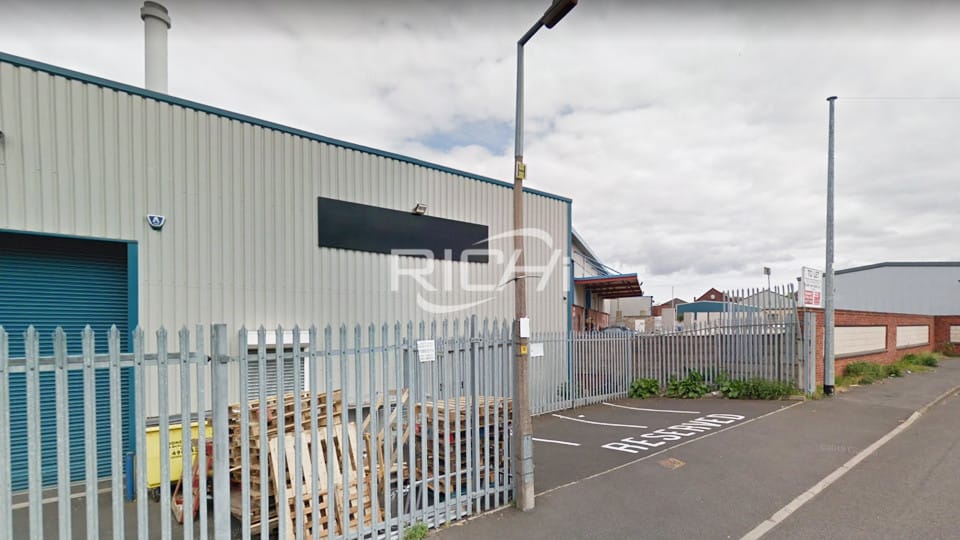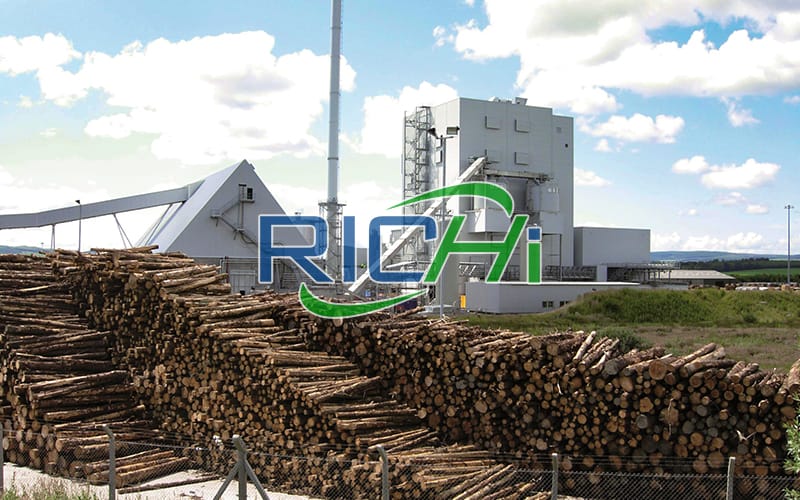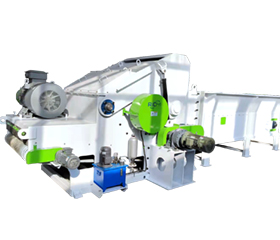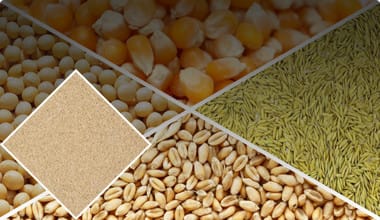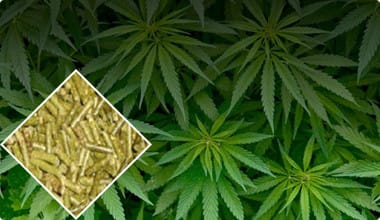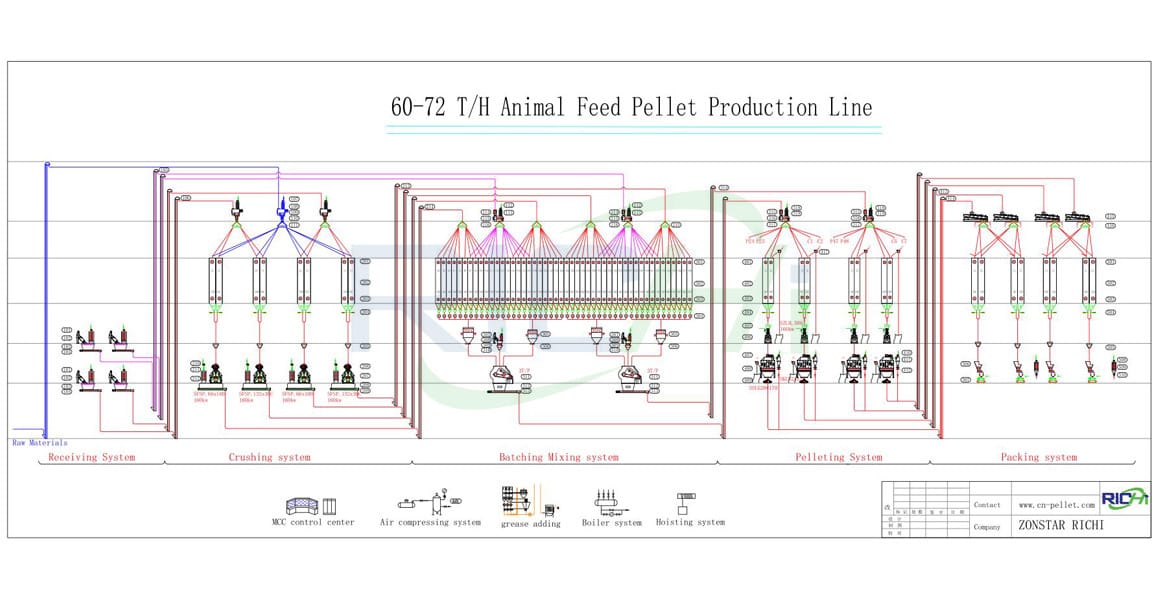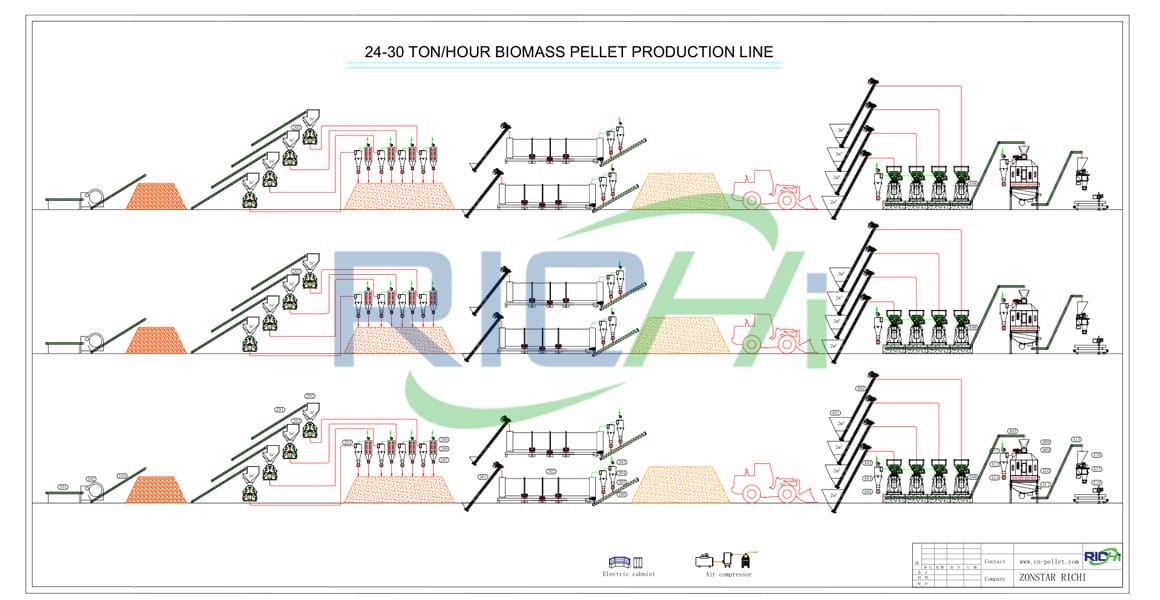I really want to raise crayfish. How can we raise it well, and what are the conditions?
The scientific name of crayfish is Crayfish clarkii. It is easy to feed and manage and has a wide range of feed sources. The key to raising crayfish is:
1. Breeding facilities.
The appropriate area of the pond is 4-10 acres, and the depth is 1 to 1.5 meters. The construction of escape prevention facilities must be done. Usually plastic film or calcium plastic board is used, and bamboo or wooden stakes are used to surround the pool to prevent escape.
2. Preparation before stocking.
Use 75 kilograms of quicklime for disinfection per mu, apply 500-600 kilograms of decomposed livestock and poultry manure per acres, cultivate palatable bait, and plant aquatic plants such as Hydrilla verticillata. The aquatic plant area accounts for 2/3 of the shrimp pond area, providing habitat and moulting for crayfish , Hidden places.
3. Stocking of shrimp larvae.
The stocking time is from August to September. The size of shrimp larvae is 2.5 to 3 cm, and 15,000 to 20,000 are stocked per acres. A small number of them will reach the market specifications at the end of the year, and most of them will start to be launched in June to July of the following year. The yield per mu is 300-400 kg.
4. Scientific feeding.
Crayfish have mixed eating habits and are more gluttonous. Feed once in the morning and afternoon each day, mainly once in the afternoon, accounting for 70% of the total feeding amount; qualitative, quantitative, and regular feeding are required. The compound shrimp feed rate is 2% to 4%, depending on the weather and water quality. And the shrimp activity situation increased or decreased appropriately.
5. Daily management.
(1) Establish a patrol pool inspection system. Check the pool every day, and take countermeasures if abnormalities are found.
(2) Regulating water quality. Keep the dissolved oxygen in the shrimp pond above 5g/L, the pH value is 7 to 8.5, and the transparency is about 40 cm.
(3) Strengthen the management of habitats and moulting sites. There are always more aquatic plants in the shrimp pond. Disturbance is strictly prohibited when a large number of shrimps are moulting. Feed high-quality and palatable feed immediately after moulting to prevent mutual killing and promote growth.
(4) Prevent escape and prevent disease. Strengthen inspections during the flood season to prevent escaping shrimp.

